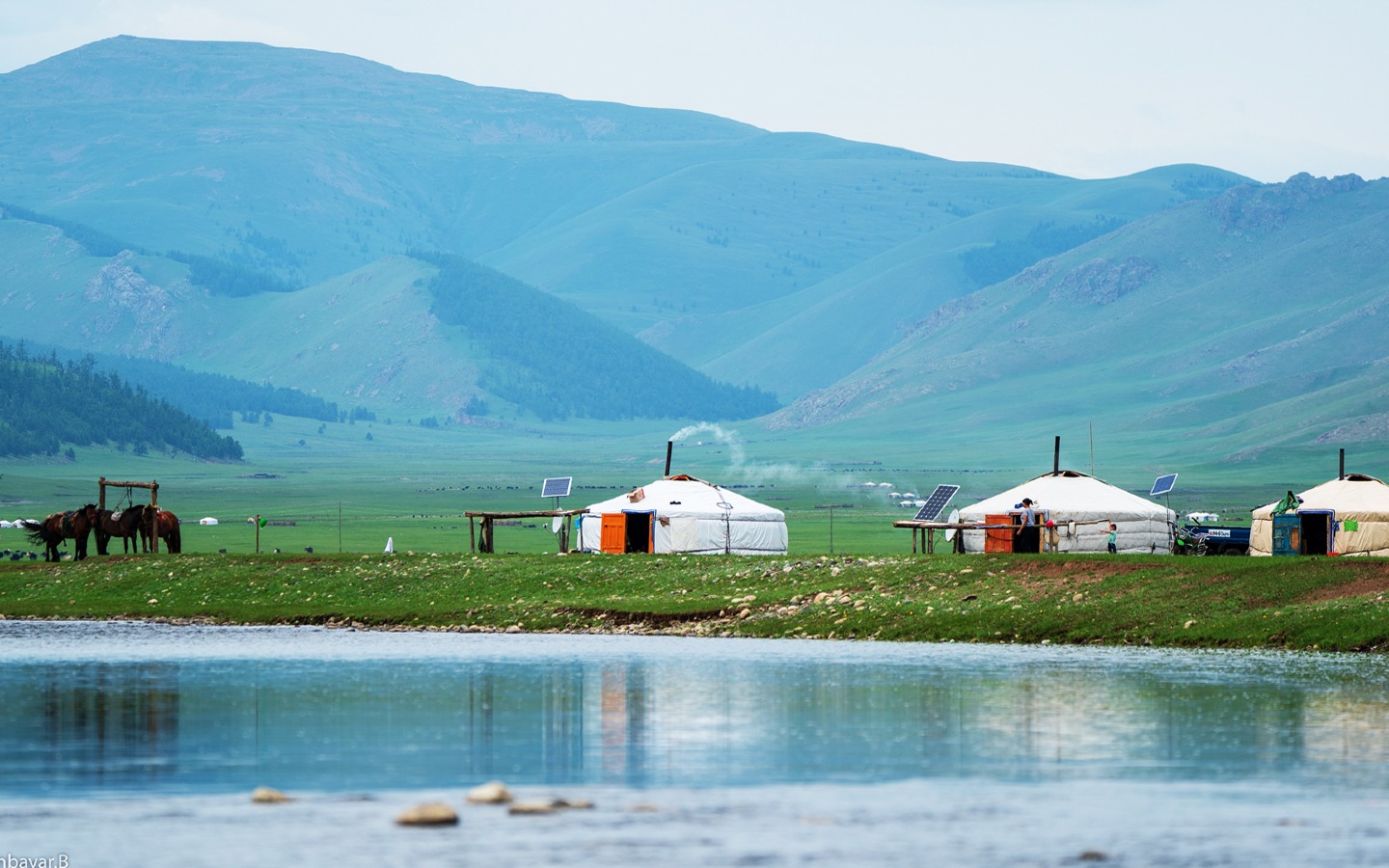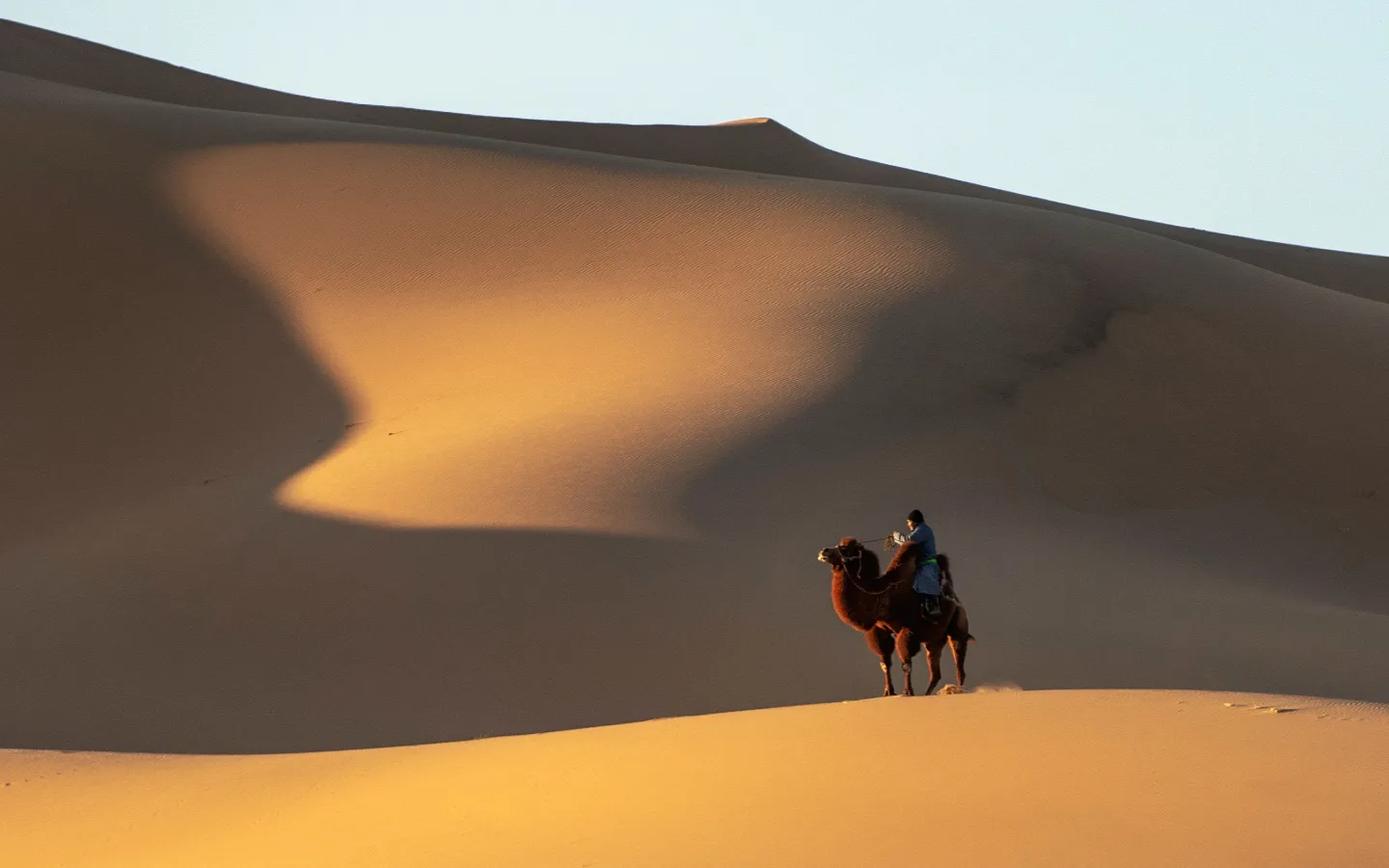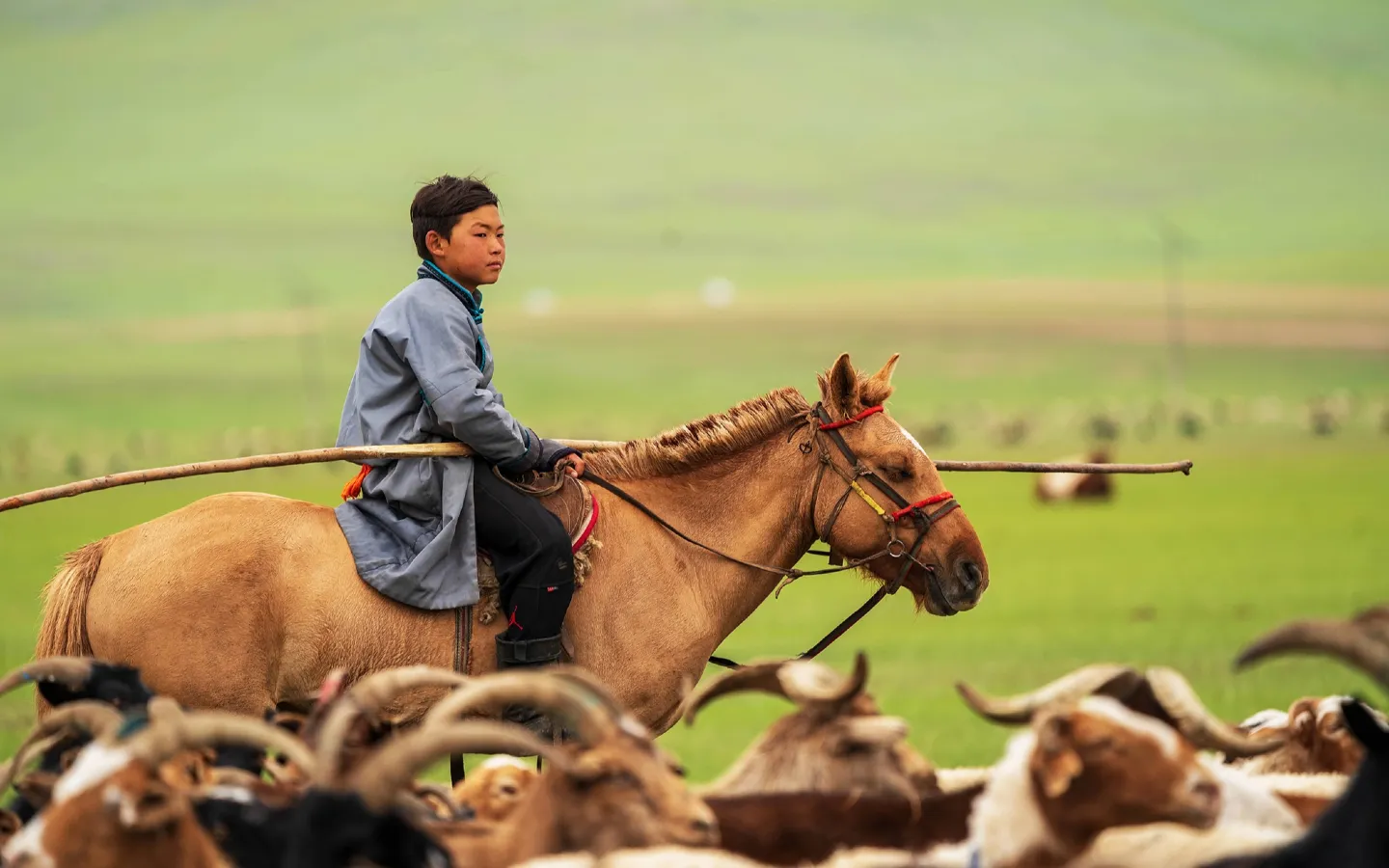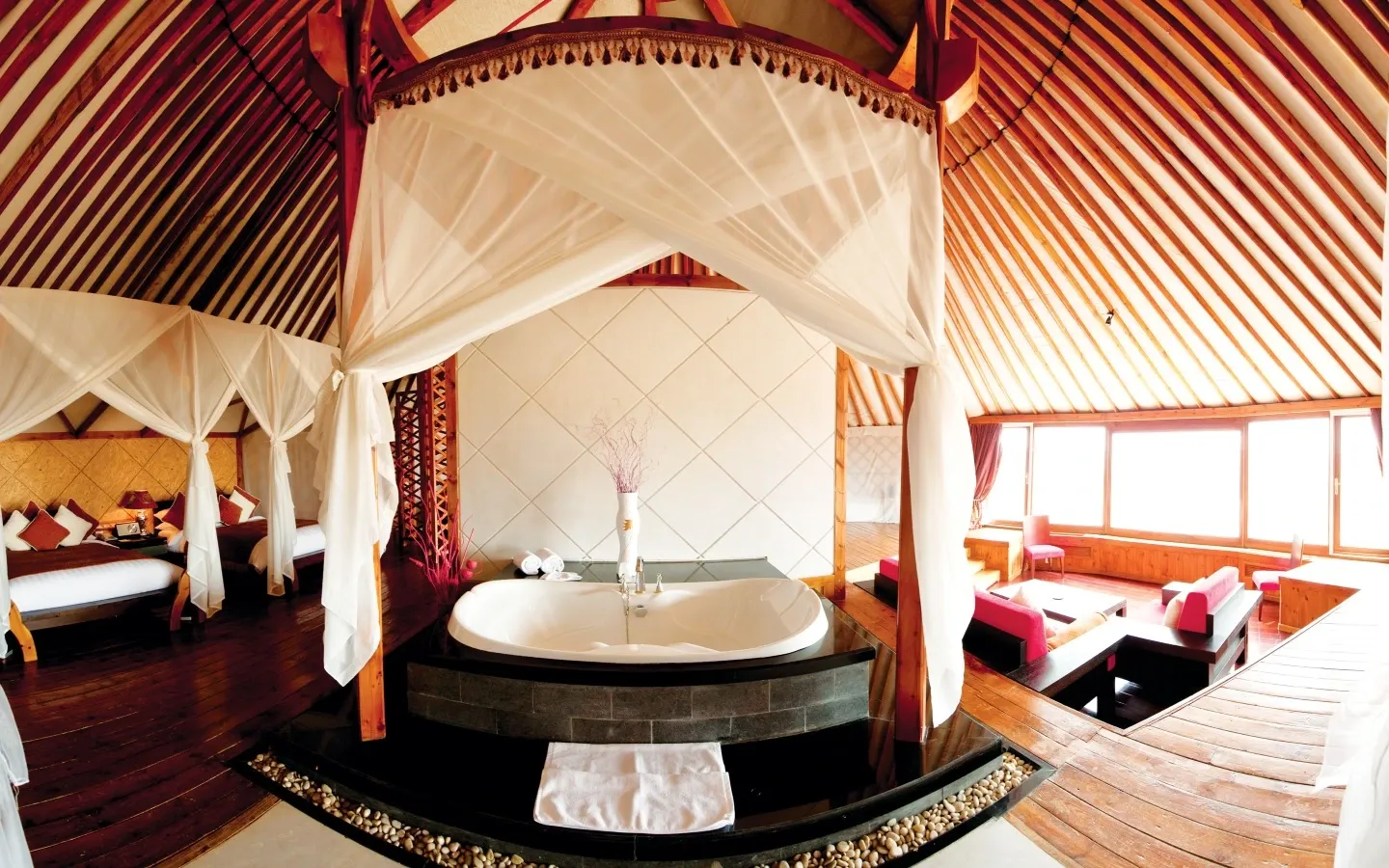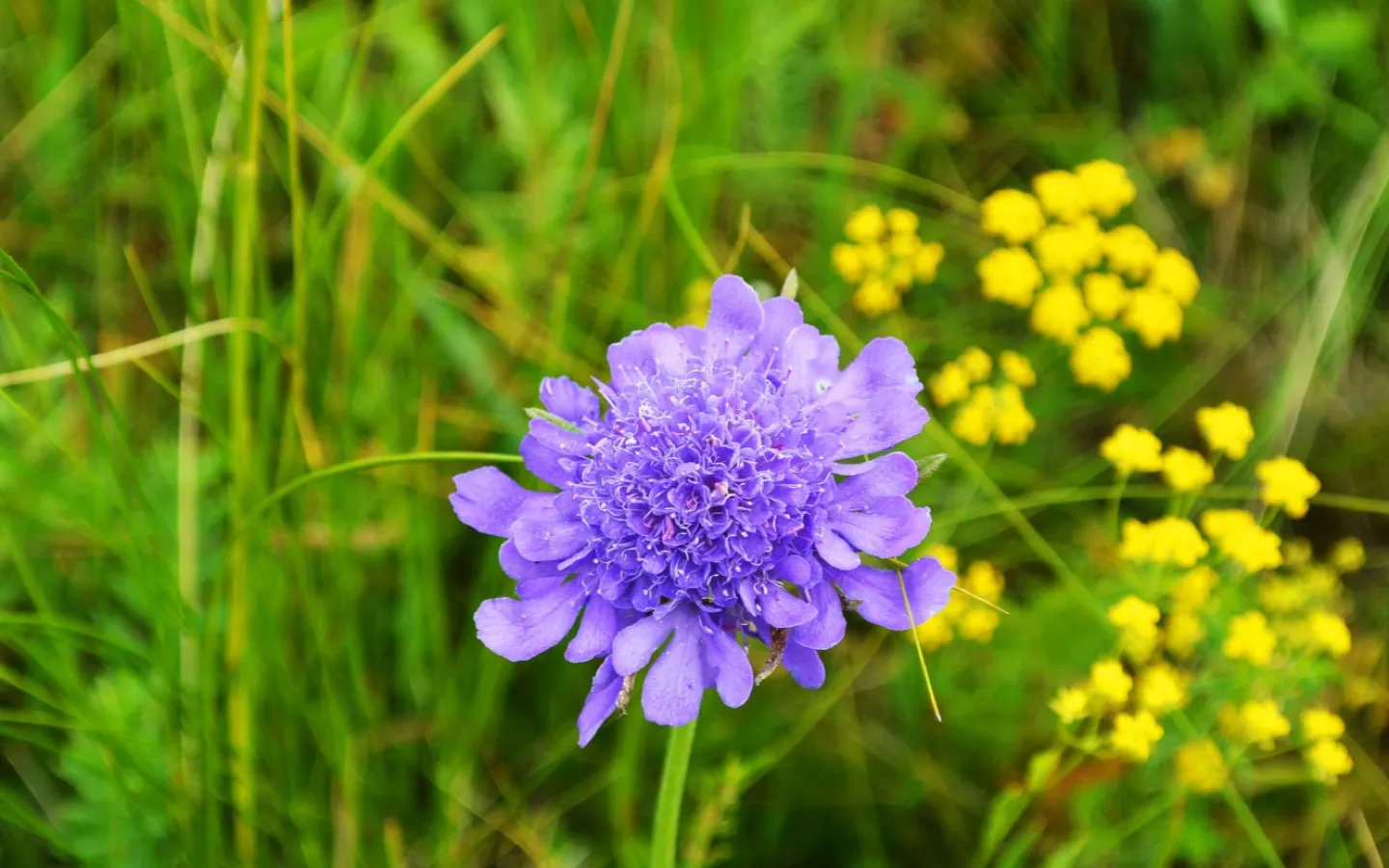UNESCO Intangible Heritage: Mongol Nomad Migration

Mongolia is home to hearty nomadic people whose lifestyle has remained largely unchanged since the days of Genghis Khan and even earlier. Many travelers are often amazed by the sincere hospitality of the nomads, with stories abounding about their warm welcomes.
Mother Nature has greatly influenced their lifestyle, religion, and philosophy. Traditions, music, literature, and costumes have been passed down through the centuries. Even in our hectic 21st century, Mongolian nomads continue to practice their traditional migrations at least four times a year. This refers to the seasonal movement of herder families as they manage livestock across the vast landscapes of Mongolia, a practice deeply connected to the country's cultural identity and survival in a harsh environment.
Mongolian nomads primarily raise five different domestic animals: goats, sheep, horses, camels, and cows. In mountainous regions, yaks are also domesticated. Depending on their location, these nomads utilize camels, horses, cows, and yaks for migration as the seasons change. (Nowadays, trucks are increasingly replacing pack animals for transportation. However, in some remote areas, pack animals are still used for migration, and moving goods and supplies.)
Spring migration is the most challenging, as livestock are often weak after enduring a cold winter, and transitional weather can pose additional difficulties. Yet, it is the nomads who are uniquely equipped to face and overcome these challenges.
They possess extensive knowledge of animal husbandry, breeding, and veterinary practices, which they pass down through generations. Furthermore, they utilize traditional ecological knowledge to preserve the environment, ensuring the sustainability of their herding practices.

We’re excited to share that the practice of "Mongol nomad migration and its associated practices" has been inscribed on UNESCO's Intangible Cultural Heritage list during the nineteenth session of the Intergovernmental Committee for the Safeguarding of the Intangible Cultural Heritage, taking place in Asunción, Republic of Paraguay, from December 2 to December 7, 2024.
This recognition reflects the adaptability and resilience of the Mongolian people, showcasing sustainable practices that have persisted for centuries. By designating it as an Intangible Heritage, UNESCO aims to promote the appreciation and preservation of this unique cultural legacy.
Other cultural heritages from Mongolia recognized on this list include "Falconry, a living human heritage," the traditional technique of making Airag (fermented mare's milk) and its associated customs, "Mongolian traditional practices of worshipping sacred places," and "Rituals for coaxing camels".



